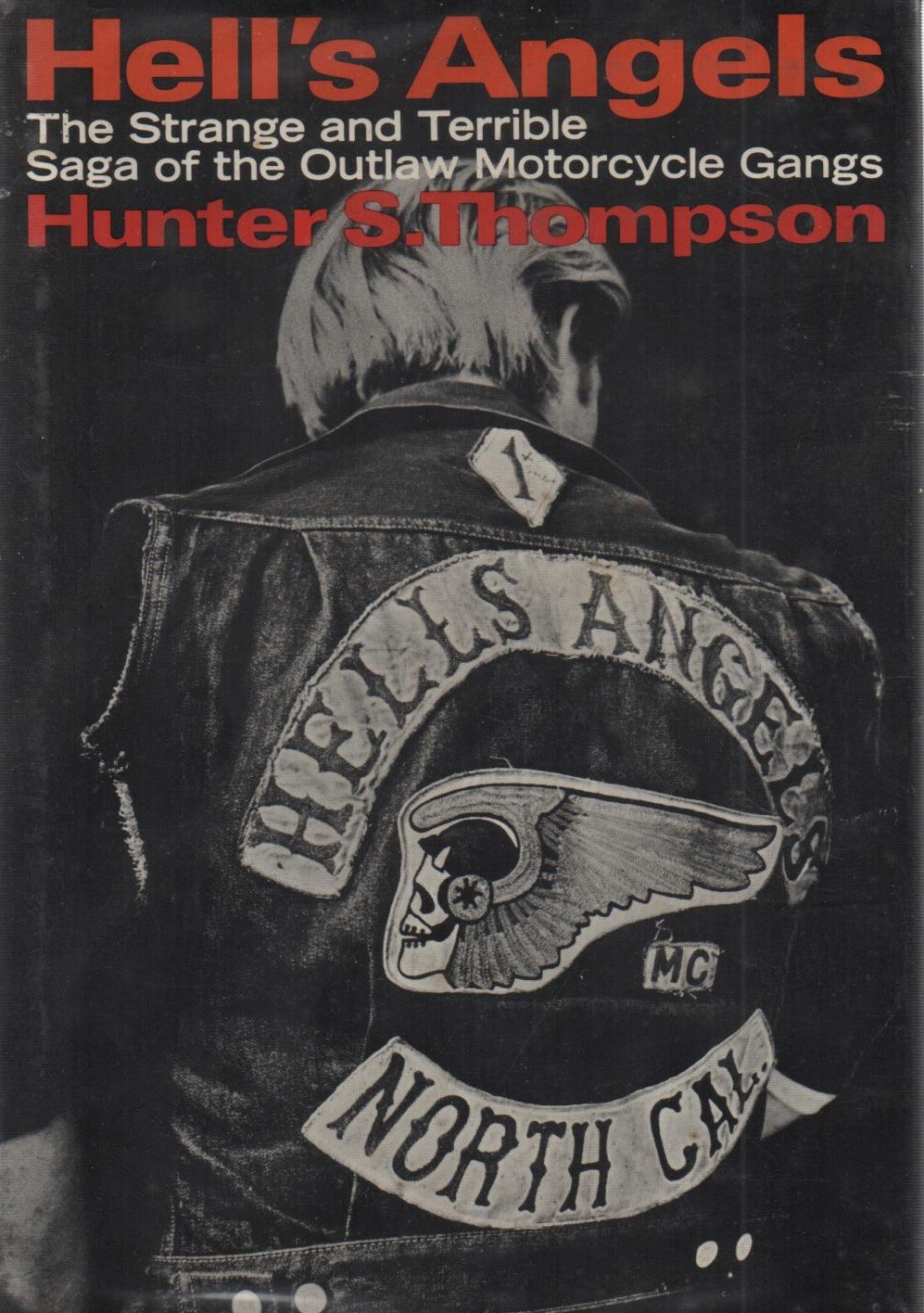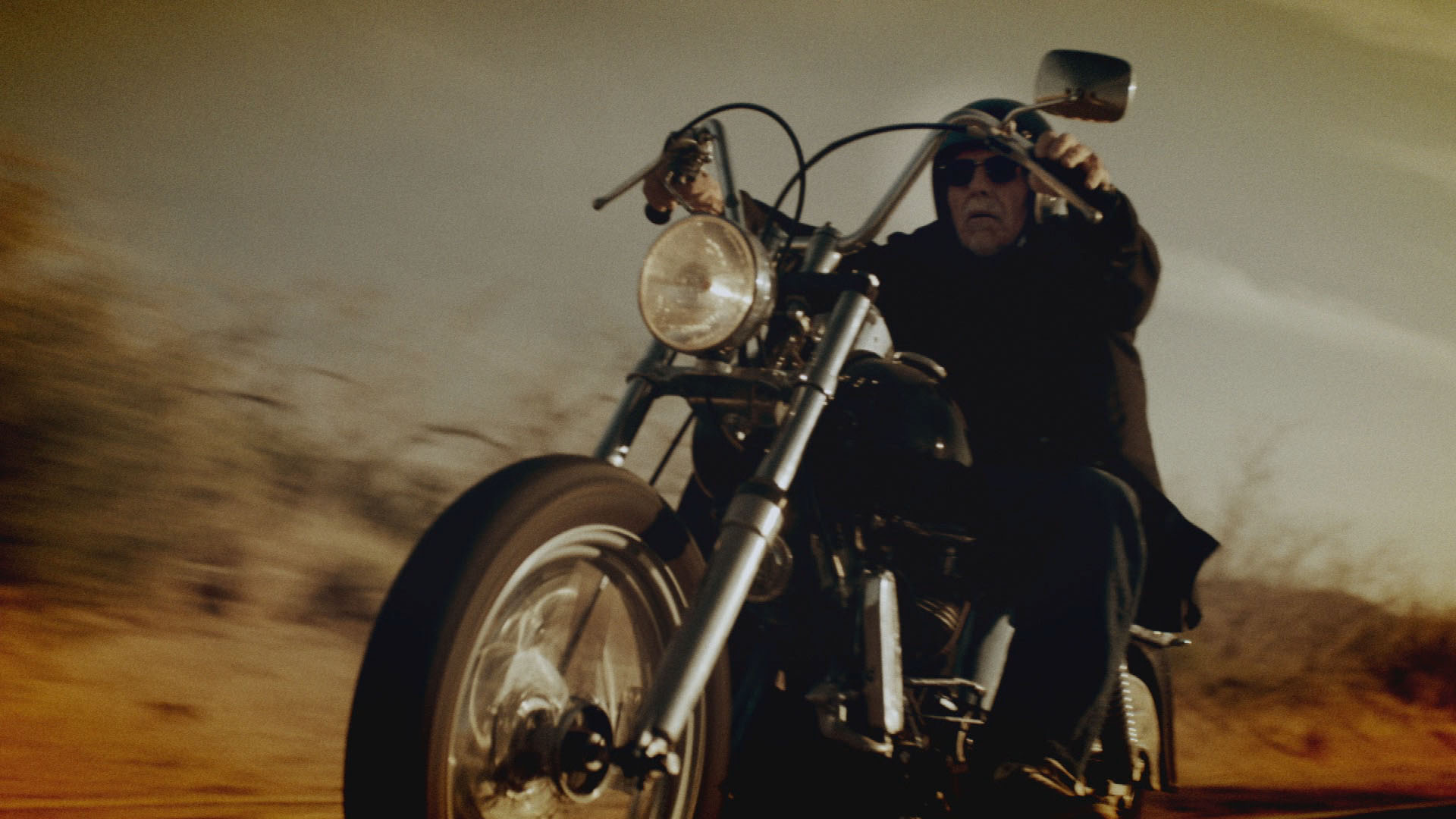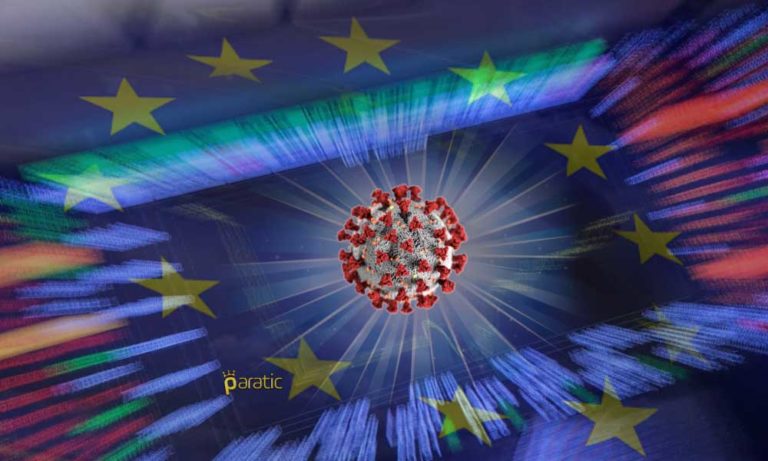A Look Into The Hells Angels Subculture

Table of Contents
The History of the Hells Angels
Early Years and Founding
The Hells Angels Motorcycle Club's origins trace back to 1948 in San Bernardino, California. The initial group, a loose collection of World War II veterans and other bikers, were drawn together by a shared love of motorcycles and a rebellious spirit. Their early activities, while often characterized by reckless behavior, involved motorcycle racing, bar fights, and a growing sense of camaraderie. This foundational period laid the groundwork for the club's later expansion and notoriety.
- Founding members: While precise identities are difficult to confirm definitively due to the club's secretive nature, several names are often associated with the early years.
- Initial clubhouse location: San Bernardino, California, served as the base of operations for the nascent Hells Angels.
- Early activities: Motorcycle racing, bar fights, and general displays of rebellious behavior were commonplace.
- Early rivalries: Conflicts with other motorcycle clubs emerged early on, establishing a pattern of territorial disputes and violence that would characterize the Hells Angels for decades.
Evolution and Expansion
From their humble beginnings in Southern California, the Hells Angels rapidly expanded across the United States, establishing chapters in major cities and beyond. This growth was fueled by a combination of factors, including the allure of the biker lifestyle, a shared sense of brotherhood, and, unfortunately, involvement in criminal activities. Significant milestones, often marked by internal conflicts and power struggles, shaped the club's evolution.
- Key periods of expansion: The 1950s and 60s witnessed rapid expansion across the US, followed by international growth in later decades.
- Significant events leading to growth: Key events, both legal and illegal, contributed to the club's growth and notoriety, attracting new members and shaping their identity.
- Establishment of international chapters: The Hells Angels now boast chapters in numerous countries worldwide, solidifying their global presence.
- Internal conflicts and power struggles: The Hells Angels' history is punctuated by internal conflicts over territory, leadership, and resources.
The Hells Angels Today
Today, the Hells Angels maintain a significant global presence, with chapters operating in various countries. However, the club continues to face ongoing legal challenges and intense scrutiny from law enforcement agencies worldwide. Their image remains controversial, a mixture of romanticized rebellion and undeniable criminal involvement.
- Number of chapters worldwide: The exact number is difficult to ascertain due to the club’s secretive nature, but it is substantial and spans numerous countries.
- Current leadership structure: The organizational structure remains hierarchical and secretive, with a complex network of chapters and leadership roles.
- Ongoing criminal investigations: Law enforcement agencies around the world continue to investigate the club's activities, targeting drug trafficking, violence, and other criminal enterprises.
- Public perception and media portrayal: The Hells Angels continue to be portrayed in popular culture, often with conflicting images of rebellious freedom and organized crime.
The Hells Angels' Hierarchy and Structure
Membership and Ranks
The Hells Angels have a rigidly defined hierarchy. Aspirants, known as "prospects," undergo a probationary period before potentially becoming full-patched members. This initiation process is shrouded in secrecy, but generally involves proving loyalty and commitment to the club. The coveted "full-patch" signifies a member's acceptance into the inner circle.
- Prospect status: Prospects perform menial tasks and demonstrate their worthiness for full membership.
- Full member requirements: Requirements for full membership are unwritten and strictly confidential but involve a demonstrable commitment to the club's values and activities.
- Different patches and their significance: Patches worn by members indicate their rank and status within the club.
- Hierarchy within chapters and overall club structure: The organization operates with a clear chain of command, although the exact details are kept confidential.
Chapter Organization and Governance
Each Hells Angels chapter functions semi-autonomously, but operates under the overall guidelines set by the larger organization. Individual chapters have their own leadership structures, responsible for managing internal affairs and maintaining control within their territories. Communication and coordination between chapters are vital for the club's overall operations.
- Chapter presidents: Each chapter has a president responsible for overseeing its activities and members.
- Sergeant-at-arms: This role ensures discipline and security within the chapter.
- Treasurer: Manages the chapter's finances.
- Communication between chapters: Chapters communicate regularly to coordinate activities and maintain a united front.
- Decision-making process: The decision-making process within the club is hierarchical, with higher-ranking members holding more influence.
Rules and Code of Conduct (if publicly known)
While the internal rules and code of conduct of the Hells Angels are largely unknown to the public, a strong emphasis on loyalty, brotherhood, and secrecy is evident. These unwritten rules govern member behavior and maintain the club's cohesion and secrecy.
- Loyalty and brotherhood: The unwavering loyalty amongst members is a cornerstone of the Hells Angels' culture.
- Secrecy: Maintaining secrecy about the club's activities and internal affairs is paramount.
The Impact and Legacy of the Hells Angels
Criminal Activities and Legal Issues
The Hells Angels have a long and well-documented history of involvement in criminal activities, including drug trafficking, violence, extortion, and money laundering. Numerous high-profile cases and convictions demonstrate the club's engagement in illegal activities. It is crucial to approach this topic objectively, relying on documented evidence and avoiding sensationalism.
- Known criminal activities: Drug trafficking, violence, extortion, and money laundering are among the documented criminal activities attributed to the Hells Angels.
- High-profile cases and convictions: Several high-profile cases and convictions showcase the extent of the club’s criminal involvement.
- Ongoing investigations: Law enforcement agencies worldwide continue to investigate the Hells Angels' operations and criminal activities.
Counter-culture Influence and Symbolism
The Hells Angels have exerted a significant influence on motorcycle culture and broader counter-culture movements. Their distinctive "death head" logo has become an iconic symbol, representing rebellion, defiance, and a rejection of mainstream society. Their image has been widely portrayed in popular culture, albeit often with conflicting interpretations.
- Motorcycle culture influence: The Hells Angels have played a major role in shaping the image and culture associated with motorcycle clubs.
- Symbolism of the death head logo: The logo is a powerful symbol, often associated with rebellion and defiance.
- Media portrayals (both positive and negative): The Hells Angels have been depicted both positively and negatively in various media outlets, contributing to a multifaceted and often contradictory public perception.
- Representation in art and literature: The Hells Angels have inspired numerous artistic and literary works, shaping their image and legacy.
Public Perception and Misconceptions
Public perception of the Hells Angels is often shaped by sensationalized media portrayals, leading to various misconceptions. It's crucial to differentiate between the reality of the club's activities and the myths often perpetuated. Understanding this distinction is key to fostering a more balanced and informed view.
- Common stereotypes: Common stereotypes include violent criminals, drug traffickers, and lawless rebels.
- The reality vs. the myth: The reality is often more complex than the simplistic depictions found in popular culture.
- The impact of media portrayal on public opinion: Media portrayals significantly shape public opinion and contribute to misconceptions about the Hells Angels.
Conclusion
The Hells Angels Motorcycle Club represents a multifaceted and complex subculture with a long and controversial history. Their impact extends beyond the realm of organized crime, influencing motorcycle culture and broader counter-culture movements. Understanding their history, hierarchical structure, and ongoing impact necessitates a balanced approach, recognizing both the romanticized image and the documented criminal activities. To fully grasp the enigma of the Hells Angels, further research into their activities, legal battles, and cultural impact is encouraged. Continue your exploration of the Hells Angels and delve deeper into this fascinating, yet often unsettling, chapter of societal history. Explore reputable sources and documentary evidence to develop a nuanced understanding of this notorious motorcycle club.

Featured Posts
-
 Hells Angels History Organization And Societal Impact
May 25, 2025
Hells Angels History Organization And Societal Impact
May 25, 2025 -
 Sharp Decline In Amsterdam Stock Index Lowest Point In Over A Year
May 25, 2025
Sharp Decline In Amsterdam Stock Index Lowest Point In Over A Year
May 25, 2025 -
 Annie Kilners Posts Following Kyle Walker Night Out Allegations Of Poisoning
May 25, 2025
Annie Kilners Posts Following Kyle Walker Night Out Allegations Of Poisoning
May 25, 2025 -
 Nationwide Tennis Participation Surges Over 25 Million Players Projected By August 2024
May 25, 2025
Nationwide Tennis Participation Surges Over 25 Million Players Projected By August 2024
May 25, 2025 -
 Avrupa Borsalari Buguenkue Kapanis Ve Piyasa Degerlendirmesi
May 25, 2025
Avrupa Borsalari Buguenkue Kapanis Ve Piyasa Degerlendirmesi
May 25, 2025
